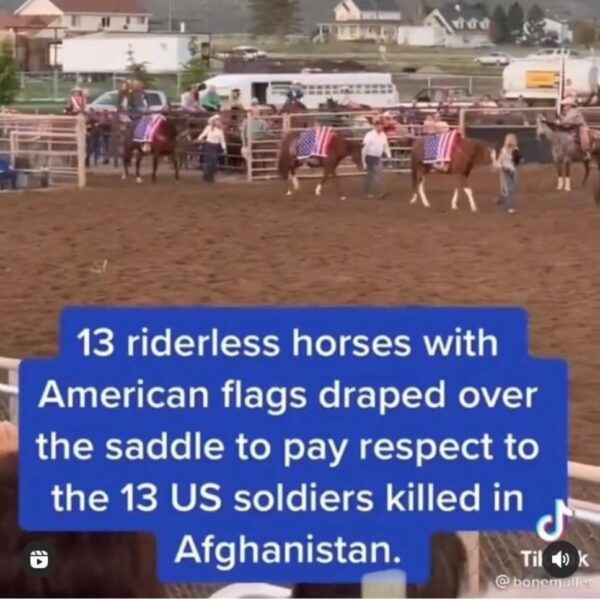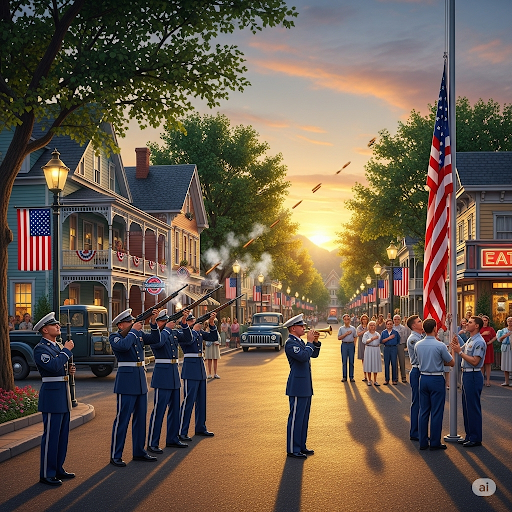Memorial Day, Armed Forces Day, Veterans Day. Powerful, solemn days. People feel it in their bones — the sense of loss, the weight of sacrifice, the pride in service. And as coordinators, presenters, and participants, we want to make the moment meaningful. We want the ceremony to leave an impact. But sometimes, that desire turns into something else.
Being “Patrioticer”
Ceremonies, especially those commemorating solemn events like Memorial Day, are not merely community performances or patriotic showcases — they are structured, symbolic rituals with clearly defined standards for a reason. These standards, found in federal publications and service regulations, preserve the dignity and integrity of the ceremony and the people it honors.

The Good Intention Trap – “MORE!”
It often begins with good intentions. A town’s ceremony coordinator may want to “honor the fallen even more this year” by adding extra elements: a new speaker, a special musical piece, a firing party firing as Taps is sounded while the flag lowers (any two or all three mixed together is quite inappropriate), or additional ceremonial motions not found in any official protocol. While the desire to elevate the emotional impact is understandable, the result can be a departure from the solemnity and clarity the ceremony is supposed to maintain.
This is where emotion — or worse, ego — can begin to compromise the ceremony.

When Emotion Takes the Wheel

Ceremonies like Memorial Day are built on restraint, not embellishment. The structure is designed to reflect universal respect, not individual creativity. When emotion leads to spontaneous changes — such as ad-libbed remarks (I am guilty of this!*), unscheduled music, or improvised elements in a flag ceremony — it can confuse, distract, or even offend.
Rather than enhancing the moment, these additions risk diminishing its intended meaning. Too much emotion often results in performative grief rather than sincere, reverent reflection.
*I altered the POW/MIA script many years ago (2003). No one said a word, but I instantly regretted it as the words left my mouth during the ceremony.
It Is Not About You
Ego enters when the focus shifts from honoring who the ceremony is for, to showcasing who is running it. This might appear as:
- Deviating from approved ceremonial scripts
- Prioritizing personal interpretation over standard procedures
- Inserting personal or political commentary
- Expanding the event for the sake of spectacle, not substance
These behaviors may not seem egregious on the surface, but they erode the integrity of the event. The ceremony becomes about the people performing it, not the reason for it.
Published Standards Are There for a Reason
Guidance for ceremonies like Memorial Day exists in official documents such as the U.S. Flag Code, service-specific drill and ceremonies manuals (e.g., Army TC 3-21.5, MCO 5060.20, for the flag fold or firing party), and the Department of Veterans Affairs Memorial Day guidelines. These standards ensure uniformity, reverence, and meaning across the country.
Ignoring or “improving upon” these standards is not innovation — it’s deviation. If everyone adjusted these ceremonies according to personal emotion or ambition, the national unity and solemnity they foster would quickly deteriorate.

4 U.S. Code § 8 – Respect for flag (b) “The flag should never touch anything beneath it, such as the ground, the floor, water, or merchandise.” (Emphasis mine)
A Simple Principle: Less Is More
The most moving ceremonies are not those overloaded with elements but those that are precise, respectful, and faithful to tradition. Silence, visually clean, crisp movements, and a single bugle call can carry more emotional weight than the most elaborate program ever could.
True reverence comes from humility — not from trying to “outdo” last year.
Restraint Is Reverence
Coordinators, speakers, and ceremonial participants carry a sacred responsibility. Their goal is not to express their own emotions but to give the community a moment to reflect collectively. Let the standards guide the event. Let tradition speak. The ceremony isn’t about us — it’s about them.

